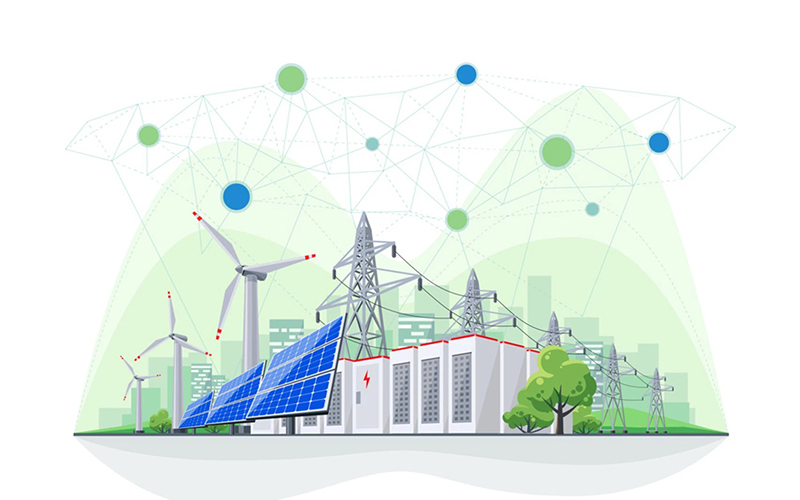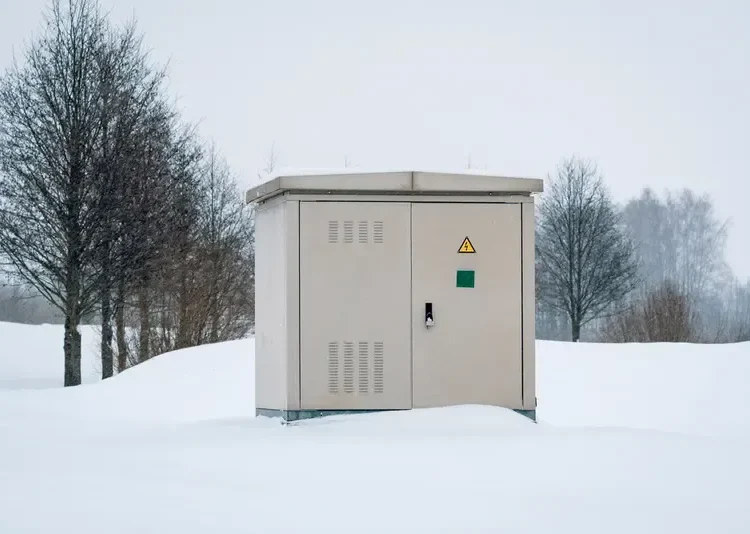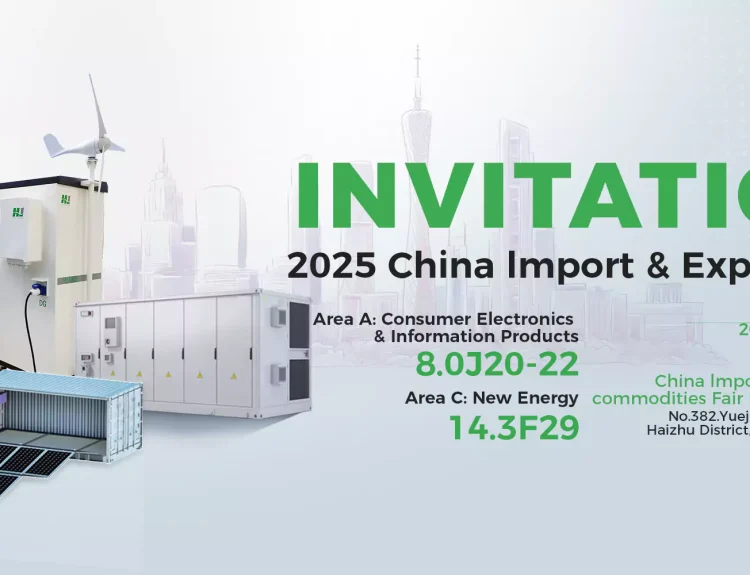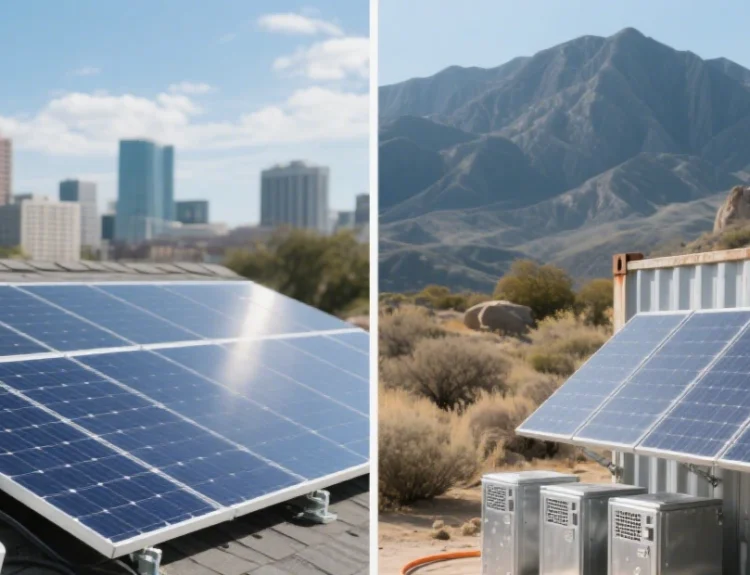In a world moving towards renewable energy, battery energy storage (BESS) plays a key role. These plants not only store electricity, but also ensure continuous supply, stabilise power grids and manage peak demand.
Below, we will explore what a battery energy storage system is, how it works and why it is vital to modern energy infrastructure.
What Is A Battery Energy Storage Plant?
A battery energy storage plant is a facility that stores electrical energy for later use. Battery energy storage systems (BESS) are critical to modern energy grids, offering:
1. Grid stabilisation: They reduce fluctuations in supply.
2. Peak load management: They store energy during low demand hours and release it during peaks.
3. Power backup: They ensure electricity during emergencies or outages.
Main Components
A typical system includes:
1. Batteries: Commonly lithium-ion, although lead-acid and flow batteries are also used.
2. Power conversion systems: Inverters that convert stored energy into alternating current (AC).
3. Control and monitoring systems: Manage system performance and safety.
How does a BESS work?
The process in a battery storage power plant is divided into three stages:
1. Charging
During periods of low demand, electricity generated by renewable sources or the grid is stored in batteries.
2. Storage
Energy remains in the batteries until it is needed, with systems monitoring factors such as temperature and state of charge (SOC).
3. Discharging
During times of high demand or outages, stored energy is released to keep the grid stable and ensure supply.
This cycle allows for efficient use of energy and reduces waste.
Key Benefits of Battery Storage
1. Solve Intermittent Renewable Energy
Sources such as solar and wind are weather dependent. BESS systems store excess energy generated for use in periods of low production.
2. Improve Grid Stability
They help power grids manage sudden swings in demand and prevent blackouts.
3. Reduce Costs
By optimizing energy use during peak demand, BESSs reduce the need to generate expensive electricity.
Building an Energy Storage Power Plant
Developing a power plant involves multiple key stages:
1. Pre-Project Inspection
Aspects such as land availability, grid capacity, and local regulations are assessed.
2. Design and Engineering
Detailed plans are developed, considering structural, electrical, and civil aspects.
3. Construction
Includes the installation of batteries, inverters, wiring, and monitoring systems.
4. Testing and Commissioning
The system undergoes extensive testing to ensure safe and efficient operation.
5. Grid Integration
The BESS connects to the grid, synchronizing its operations for optimal energy management.
Operation and Maintenance of a BESS System
Maintenance of these facilities is crucial to their long-term performance:
- Monitoring: Real-time systems to track battery and inverter performance.
- Optimization: Use of predictive algorithms to schedule charge/discharge cycles.
- Regular Maintenance: Periodic inspections to ensure equipment integrity.
- Safety Management: Advanced systems to prevent failures and respond to emergencies.



